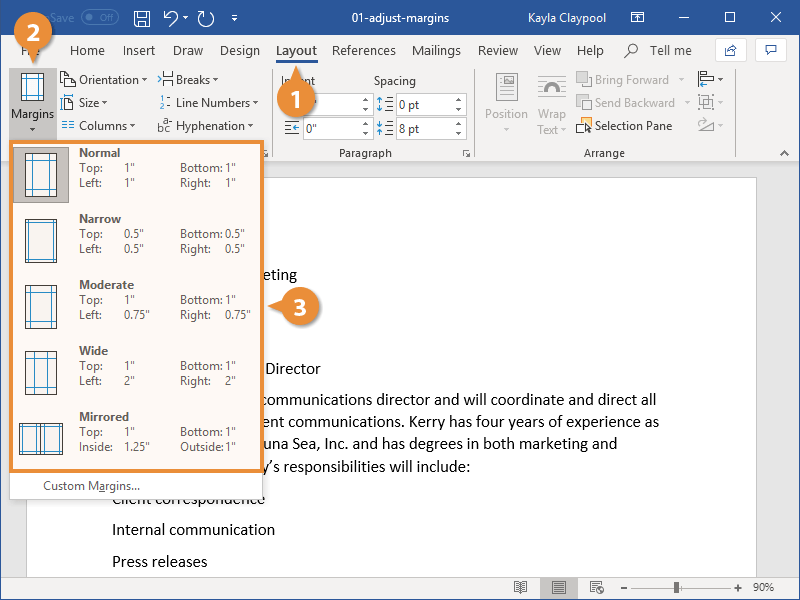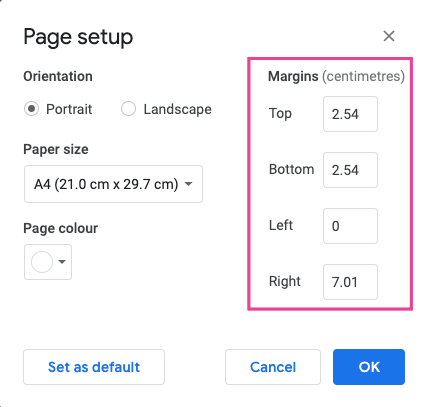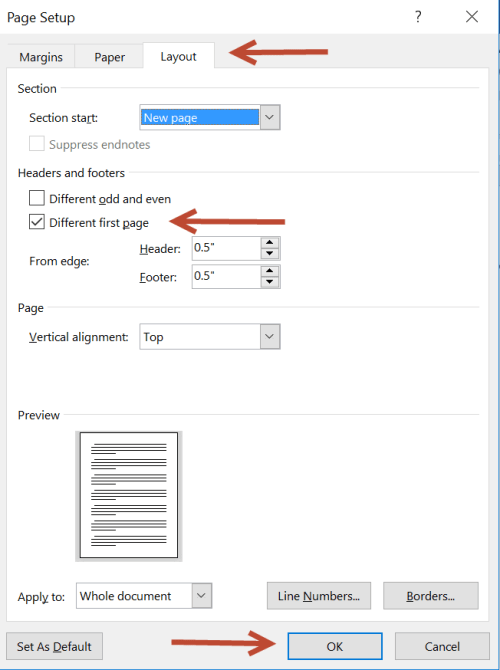

- QOWNNOTES CHANGE MARGINS IN DISTRACTION FREE MODE FULL
- QOWNNOTES CHANGE MARGINS IN DISTRACTION FREE MODE CODE
Then select Enter or Exit from the list and press Enter. 'I can see the point of that in Typing mode (that makes it like a typewriter without a backspace key or something like MomentumWriter from BlackObelisk), but in Scrolling mode, all its doing is providing the plugin with a huge downside to its use. Use Find Action: press Ctrl+Shift+A, and start typing the name of the viewing mode. '0.3.0 - The mouse is now disabled in both Scrolling and Typing mode. In the Switch popup, select View Mode and then select Enter or Exit. Go to View | Quick Switch Scheme (or press Ctrl+`). Go to View | Appearance and select Enter or Exit. In such cases, you may want to decrease the left margin using the Left margin in distraction free mode option on the Advanced Settings page of the IDE settings Ctrl+Alt+S.
QOWNNOTES CHANGE MARGINS IN DISTRACTION FREE MODE CODE
This means that if your code will be centered when formatted properly, but if there are long unwrapped lines, the text might go beyond the viewport while there is a large margin on the left.
QOWNNOTES CHANGE MARGINS IN DISTRACTION FREE MODE FULL
IntelliJ IDEA combines the Full Screen and Distraction-free modes, so the main window expands leaving only the editor with the source code for you to focus on programming.īy default, the editor text in the Distraction-free and Zen viewing modes is centered vertically and the text column width corresponds to the Hard wrap at option on the Editor | Code Style page of the IDE settings Ctrl+Alt+S.

Other elements of the UI are hidden, but you can bring them up with corresponding shortcuts or using the main menu if you hover the mouse pointer over the top of the screen.

IntelliJ IDEA expands the editor to occupy the entire screen and increases the font size to make it easier for your audience to see what you are doing. You can still use shortcuts to open tool windows, navigate, and perform other actions. All other elements of the UI are hidden (tool windows, toolbars, and editor tabs) to help you focus on the source code of the current file. The editor occupies the entire main window with the source code centered. You can make lists of sites to block, then restrict them in all kinds of ways. On macOS, all operating system controls are hidden, but you can access the main menu if you hover the mouse pointer over the top of the screen. LeechBlock NG (Chrome, Firefox, Edge, Opera) LeechBlock NG (the NG stands for 'next generation') works on most major browsers, is free, and gives you a bunch of options for blocking distractions. IntelliJ IDEA expands the main window to occupy the entire screen. For example, when you need to focus on the code or present to an audience. IntelliJ IDEA lets you switch between several viewing modes for different usage styles and scenarios.


 0 kommentar(er)
0 kommentar(er)
